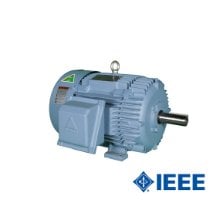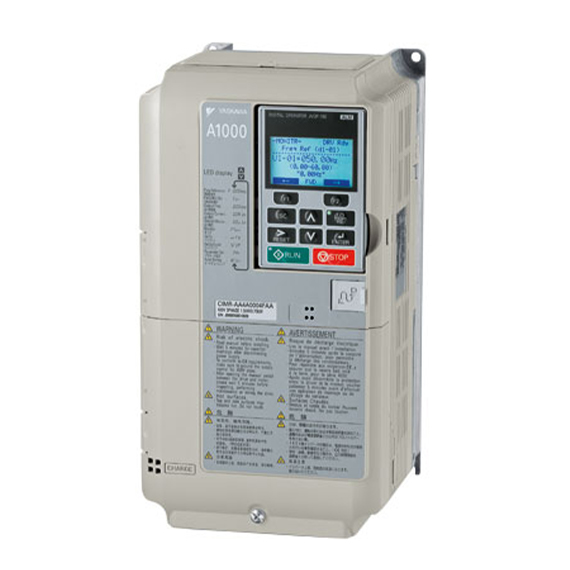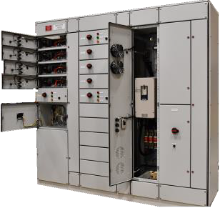Effective operation of the pulp machine can be extremely difficult.
The basis weight and moisture content are very sensitive to small changes in the feed system and are tightly coupled. Production rate changes must be based on very accurately timed changes in thick stock flow, speed, and dryer pressure to avoid upsets. Upset conditions can easily cause a sheet break resulting in lost production.





.jpg?width=220)
